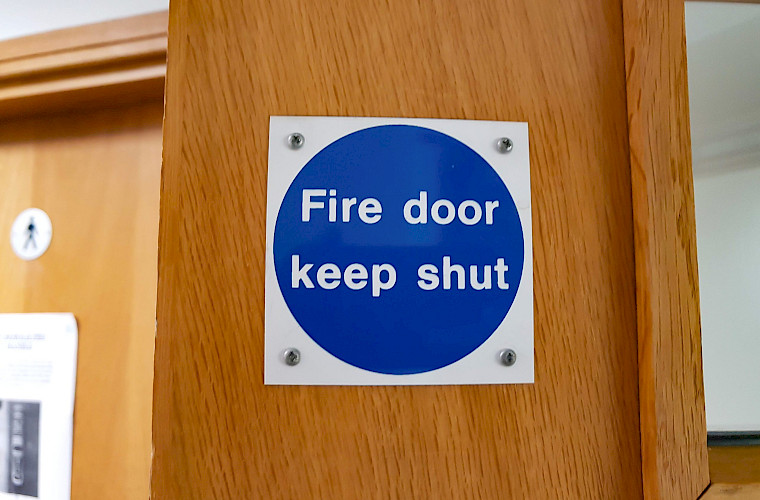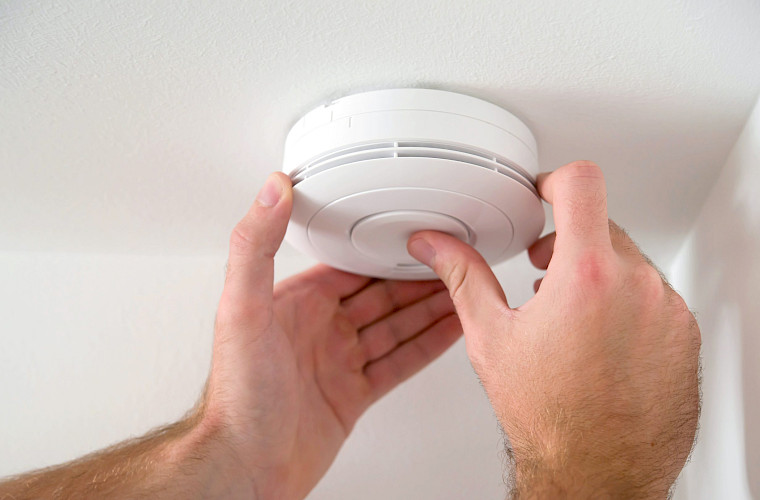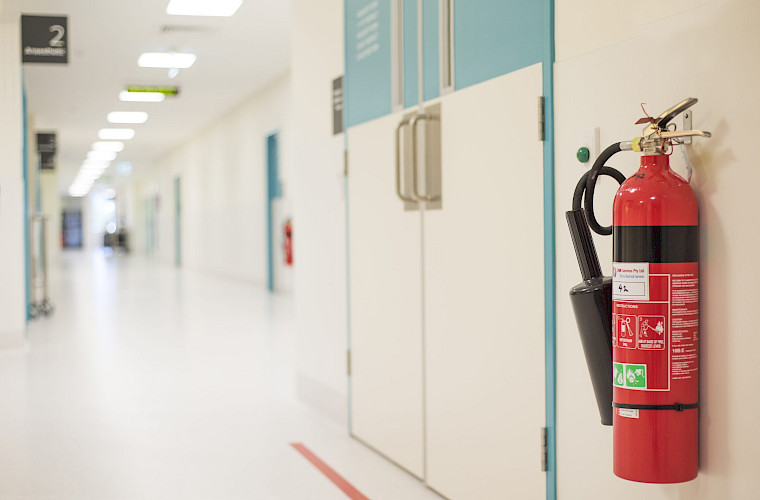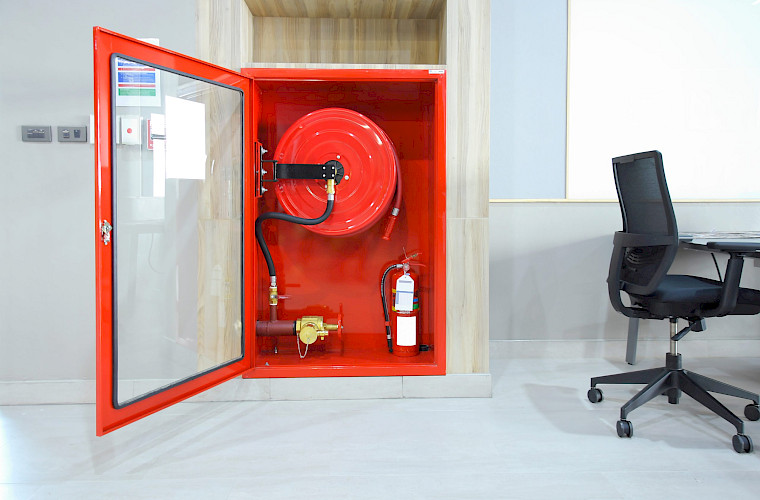Fire extinguishers: how to correctly use them
9 June 2022
When it comes to fire safety your premises should be equipped with the correct types of fire extinguishers for your needs.
In some cases you may need all 5 types of fire extinguishers, which are: foam, water, dry powder, wet chemical and CO2. You must hold all necessary extinguishers for your building to meet fire safety regulations. Having the appropriate equipment in case of an emergency is one thing, but knowing how and when to use it is another. It may be worth taking up fire extinguisher training to ensure you know how to use it and which extinguishers to use in which scenarios for a more detailed approach. However we try and break it down for you here. We will get to the ‘how to’ shortly, but first it is important to know which extinguisher you would need for each type of fire.
What are the different types of fire extinguisher?
- Foam extinguishers - these are used for class A fires including things like wood, plastics and fabrics and and class B fires including things like gasoline, oil paint or diesel.
- Water extinguishers - this type is used to put out class A fires only (including the same materials as above - wood, plastics and fabrics).
- Dry powder extinguishers - this extinguisher can be used on class A, B or C fires making it the most versatile of all.
- Wet chemical extinguishers - these are for exclusive use on class F fires, which include the combustion of cooking oils and fats. Because of this, this type of extinguisher is often a requirement in commercial kitchens.
- CO2 extinguishers - these fire extinguishers are made to diffuse electrical fires. This makes them an important tool to have in an office environment.
How to use a fire extinguisher?
Firstly, if a fire breaks out, your safety is the most important thing. Therefore, it is important to note that immediately you should sound the fire alarm if it has not been done already. As well as ensuring you have a safe evacuation route before attempting to use a fire extinguisher and put out the fire. It is also important to note you should only attempt to tackle the fire if it is in its early stages and it is safe to do so.If you have any doubts about putting out the fire yourself, you should leave the building immediately via the evacuation route and call 999. However, if it is safe to do so, you should identify the type of fire and the respective extinguisher that is needed.

After locating it you can then proceed with the following steps:
- Break the tamper seal by pulling the pin
- Point the end of the nozzle at the base of the fire (avoid touching the end of the horn if possible)
- Squeeze the handle which activates the agent inside
- Aim the nozzle at the base of the fire while moving side to side to allow the ignition source to be covered completely
- Continue to spray the extinguisher until the fire has been put out
- If the fire cannot be put out, or the extinguisher is now empty then you should immediately evacuate and ensure all fire doors are closed behind you
We hope this was a useful guide in identifying types of fire extinguisher and the correct way to use them in an emergency.
Previous Post »
Fire Risk Assessment: What is it?




